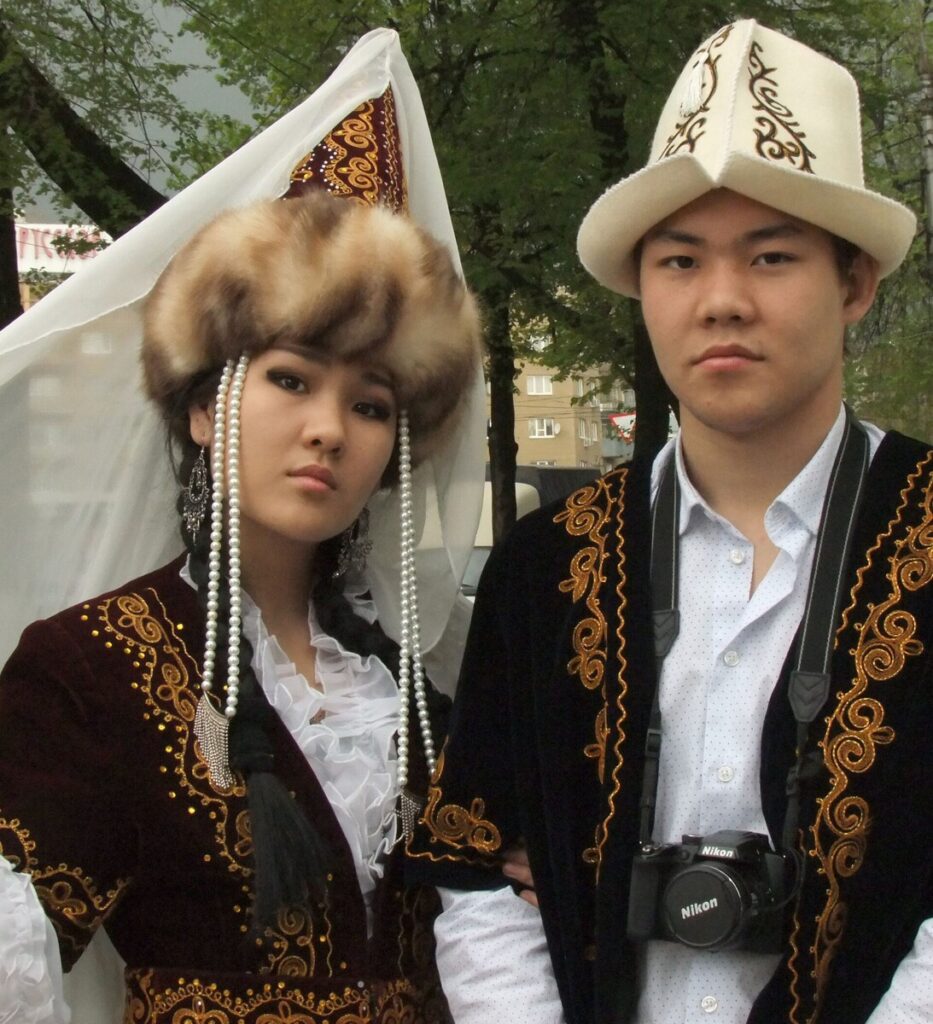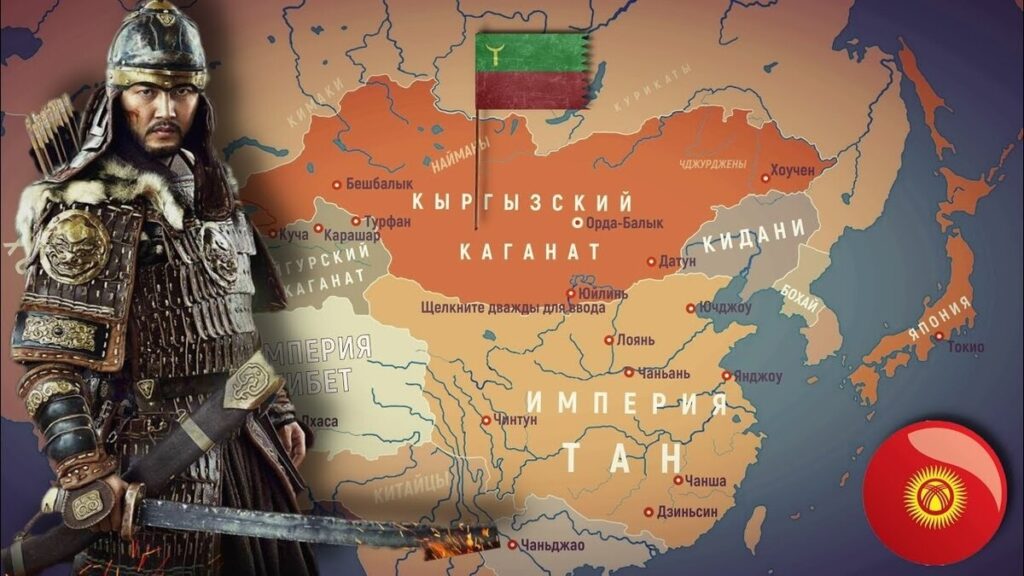The history of the Kyrgyz is more confusing than that of any Turkic people. Primarily because we do not know whether or not they are related to the ancient bearers of the name; why they carry West Eurasian genetic lines; and why they are more Mongoloid than any other neighbors. To some of these questions we can give an answer, with a high degree of probability — the right one. About the other can only assume and guess, and some things we will never know.

For the first time the ethnos with this name is mentioned in 201 B.C. in the Chinese annals. It was a Turkic-speaking people close in origin to the Tele and Dinlins, and was a member of their political alliances. They were described as pale-skinned people with red hair and green or blue eyes, but there were also dark-haired people. They lived then in southern Siberia, in the upper reaches of the Yenisei.
But what happened to them during the next centuries — God knows. Only since the 6th century A.D. it is possible to speak about it definitely — they became a part of the Turkic Kaganate. Chronicles of the Celestial Empire mention that they mined iron and gold, which had to be given as tribute «with gnashing of teeth».
This continued for a long time even after the first state of the Turks was destroyed. But the Yenisei Kyrgyz managed to intercept the power in the Uigur Kaganate and founded their own steppe empire. At that time their separate groups dispersed over a considerable territory, which later led to a decline due to the dispersal of forces.
Due to the onslaught of one or another Mongol tribes, most of the possessions were lost, and the remaining ones existed independently of each other. Probably, those of them, who remained in their historical homeland, closer to our time became known as Khakasses.

Also, a strong enclave remained in the foothills of the Tien Shan, and other closely related groups migrated here for a long time. That is why the inhabitants of modern Kyrgyzstan have a predominance of one of the subclades of the «Aryan» haplogroup R1a.
This is called the «founder effect» — when genetic diversity decreases due to the settlement of the territory by a small number of individuals from a larger population. But then the appearance of the ancient Kyrgyz changed due to mixed marriages with women of East Asian descent.
These Kyrgyz submitted to Genghis Khan’s Mongols without resistance, but then rebelled more than once. In retaliation, their tribal union was dissolved, and part of the population was deported, including to Manchuria. Mongolian tribes loyal to the empire came to the Tien Shan, and the very name «Kyrgyz» was forgotten for some time.
As the Khiva ruler and historian Abulgazi-khan said, «…Mongolian and other tribes, having exhausted their pastures, came to the country of the Kyrgyz, settled there and began to be called by the same name. They themselves know from what kind of tribe they come».

Thus, in the 15th century the community of Kara-Kyrgyz began to form within Mogulistan, a khanate that emerged in the east of the Chagatai ulus after its collapse. Mirza Muhammad Haidar, the commander of this state, considered them an integral part of the Moguls and called them «forest lions of Mogulistan».
In his opinion, the only difference was that the Kyrgyz at that time did not convert to Islam and did not recognize the authority of the khans. Although, as a general who tried to pacify them, he may have been biased. However, the Ottoman court chronicler Seyfi Celebi is quite in agreement with him and applies the term «Mughals» also in relation to the Kara-Kyrgyz tribes.
However, the process of formation of a single ethnos was not completed due to the collapse of the state under the blows of the Western Mongols-Oirats. The Kyrgyz, though rather a part of them, became part of the four tribes that founded the Oirat Khanate. The Oirats, to all appearances, also joined the Kyrgyz — for example, the powerful Choros clan.
However, the history of this state was short-lived. Some of the Western Mongolian groups migrated to Tibet and the Volga, while the remaining ones eventually became known as the Dzungars. The Kyrgyz made an alliance with the Kazakhs and began to push their common enemies together. Somewhere around this time, in the 16th-17th centuries, Islam spread widely among them.

As a result, a significant part of Kyrgyz clans are of Mongolian origin — much more than nomadic Uzbeks or Kazakhs. Medieval Naimans, Suldus, Kereits, Duglats, Alchin-Tatars and many others became part of this nation. Therefore, whether to consider the Kyrgyz as Turks or Turkicized Mongols is a rather meaningless question, the answer to which depends on one’s point of view.
